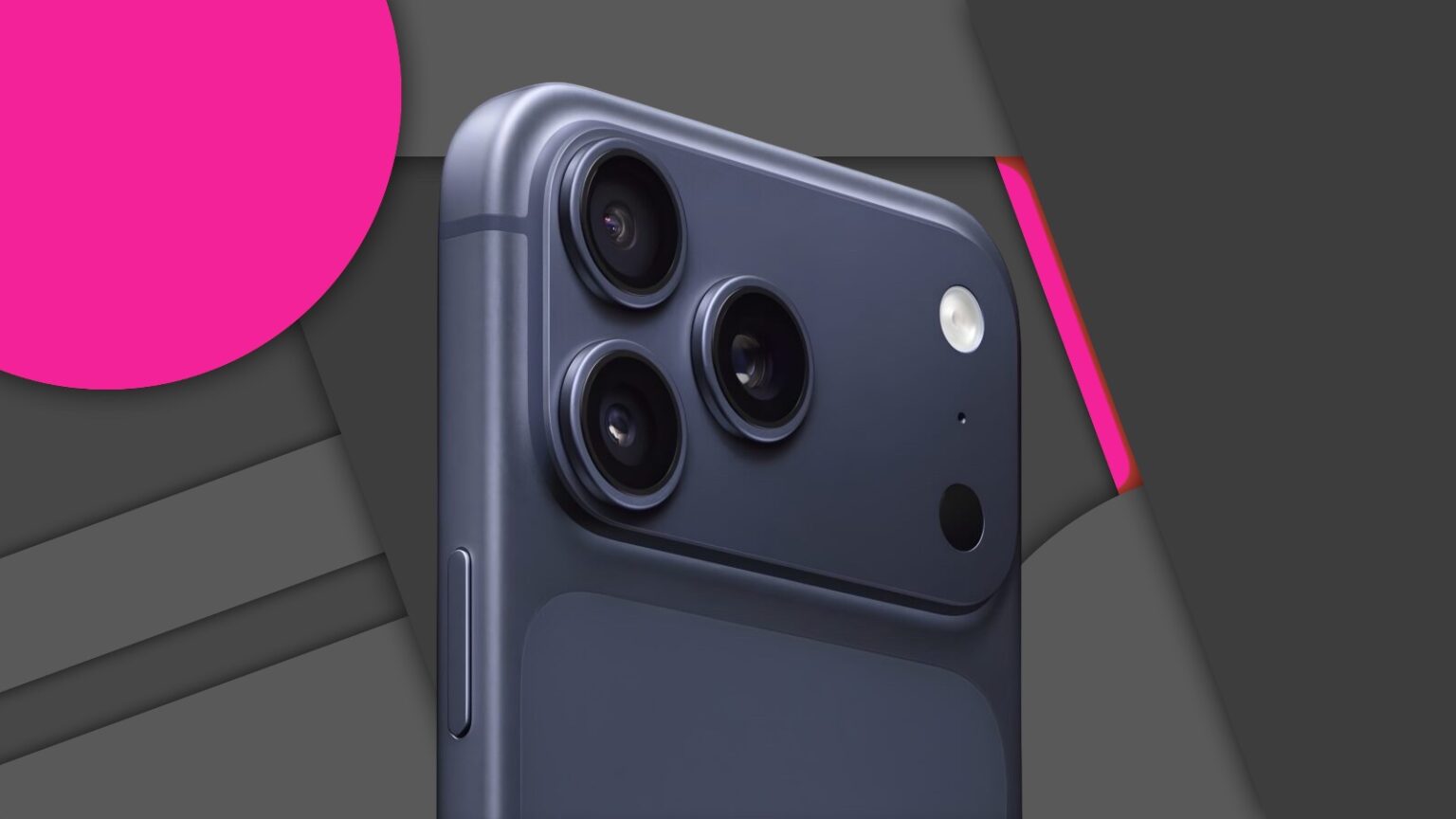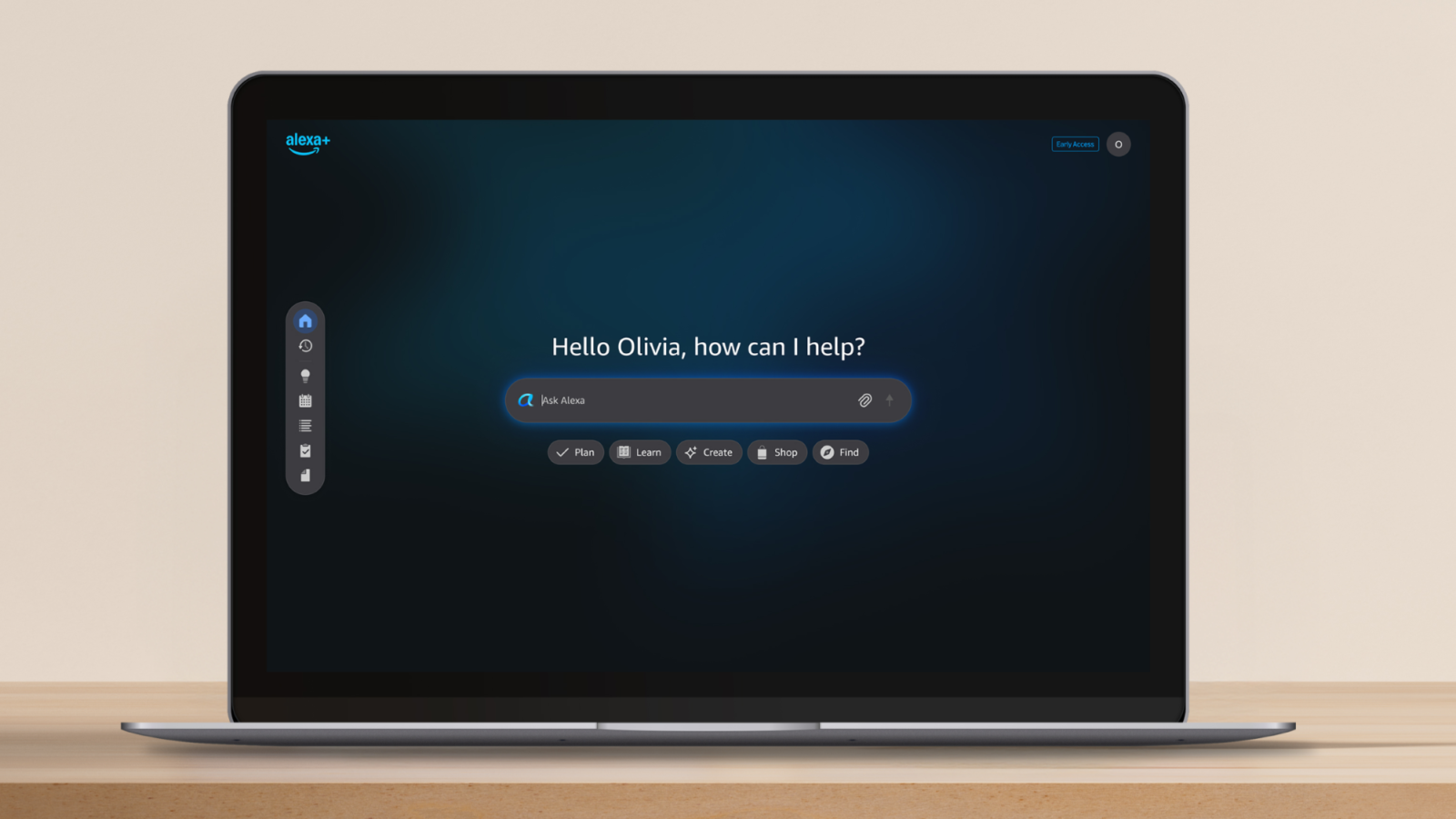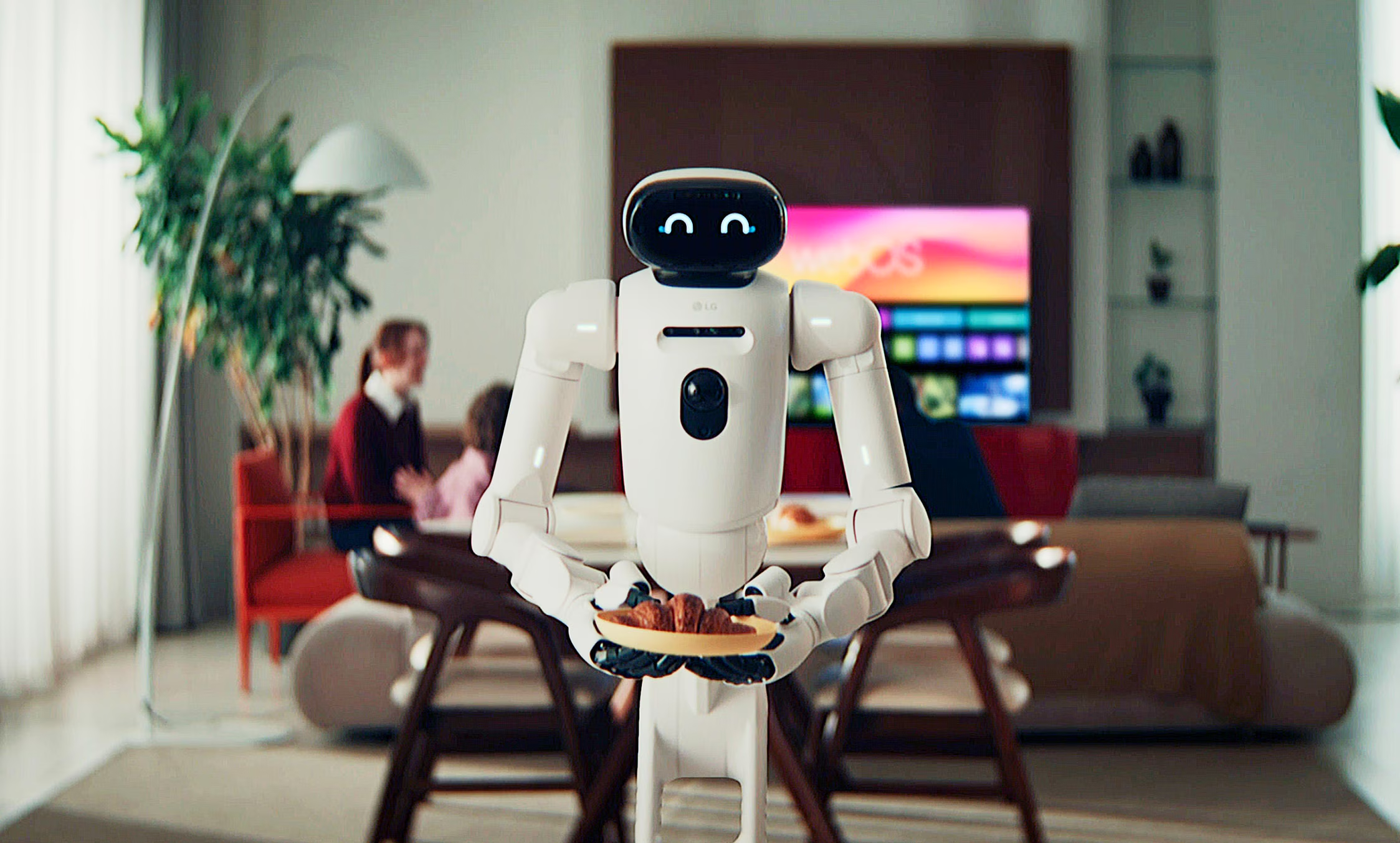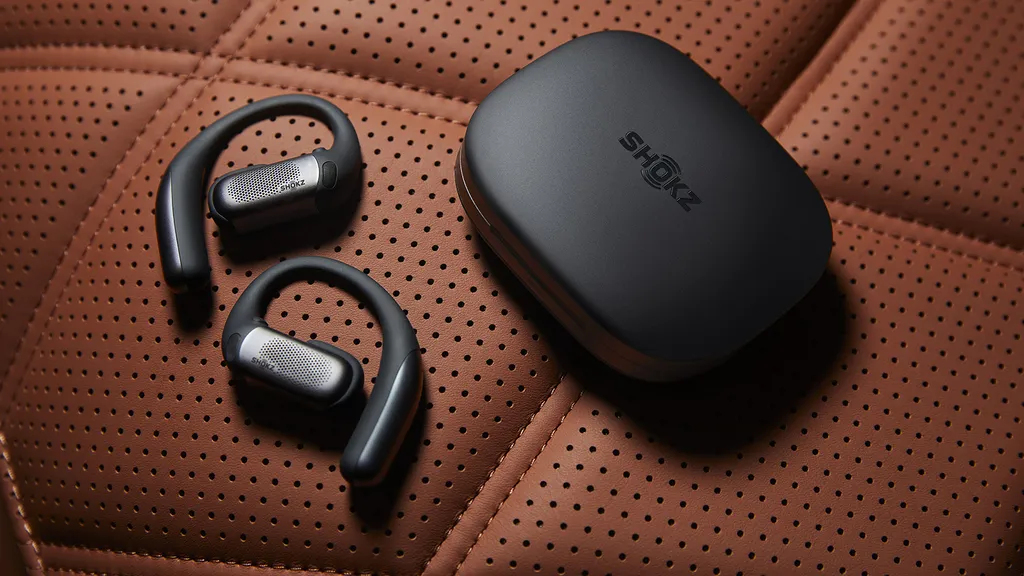TL;DR: The iPhone 17 Pro Max one week later is less about the honeymoon and more about the marriage. It’s reliable, cool-headed under pressure, tough against scuffs, and capable enough to handle AAA gaming, pro video, and marathon days without flinching. Apple finally made a big iPhone that earns its gym membership every single day.
iPhone 17 Pro Max
I’ve spent seven full days living with the iPhone 17 Pro Max — not babying it on a reviewer pedestal, but sweating through airports, doomscrolling in the harsh Dubai sun, shooting late-night B-roll in back alleys, and losing myself in too many ray-traced dungeons. After that week, my take hasn’t softened; it’s sharpened. Apple didn’t just make a bigger iPhone. They made the big iPhone that finally justifies being big.
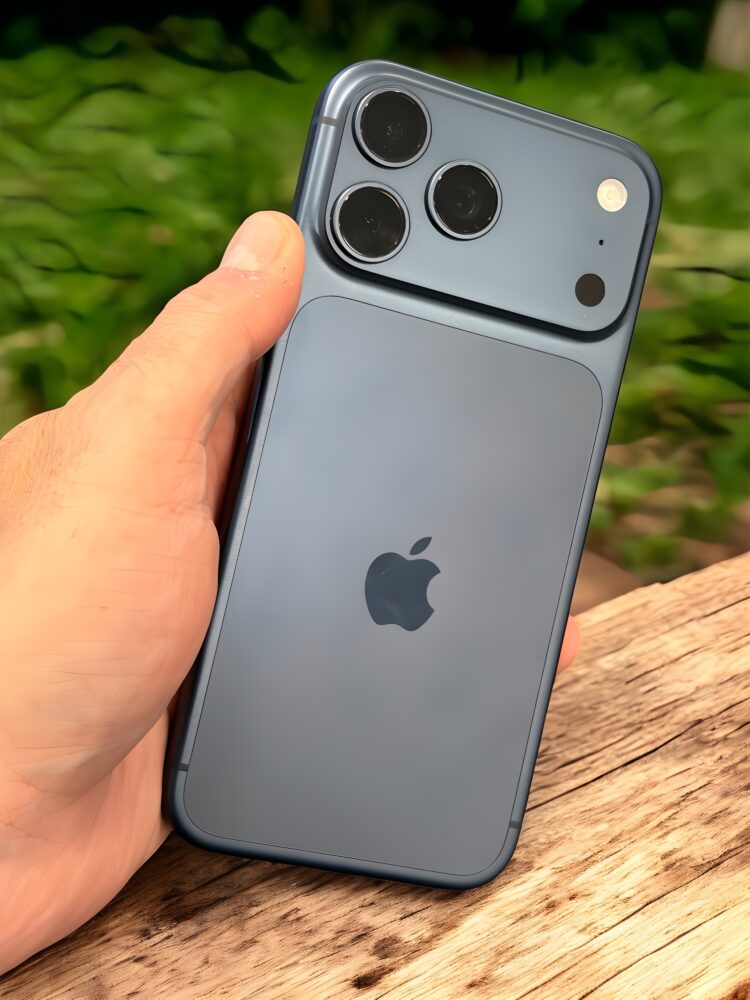
If you read my day-one review, you know I was smitten with the A19 Pro’s plateau-style performance, the heat-forged 7000-series aluminum unibody with the laser-welded vapor chamber, the 6.9-inch Super Retina XDR thermonuclear brightness, and that optical-quality 8x reach that feels less like a party trick and more like cheating physics. A week later, the magic isn’t gone; it’s matured. The iPhone 17 Pro Max has crossed the line from “beastly spec sheet” to “trusted tool,” and that’s a much rarer flex.
Here’s how it held up after the honeymoon.
Design and durability: brushed metal Zen master, now with proof
Seven days of real pockets, café tables, airplane trays, and gym benches later, the heat-forged aluminum still looks like it practices mindfulness. The brushed finish shrugs off fingerprints like it read a Marie Kondo book about smudges. Ceramic Shield 2 on both sides? I didn’t try to break it (my AppleCare doesn’t need the cardio). Keys in the same pocket caused zero visible drama.
What changed in a week is my appreciation for the aluminum’s thermal personality. Aluminum is a radiant extrovert — it moves heat out fast. This chassis doesn’t get toasty and stay toasty; it warms, ventilates, and resets. That means the Max is more likely to be room-temperature when you plop it down than a lingering hand warmer. Titanium was premium jewelry. This is premium gear.
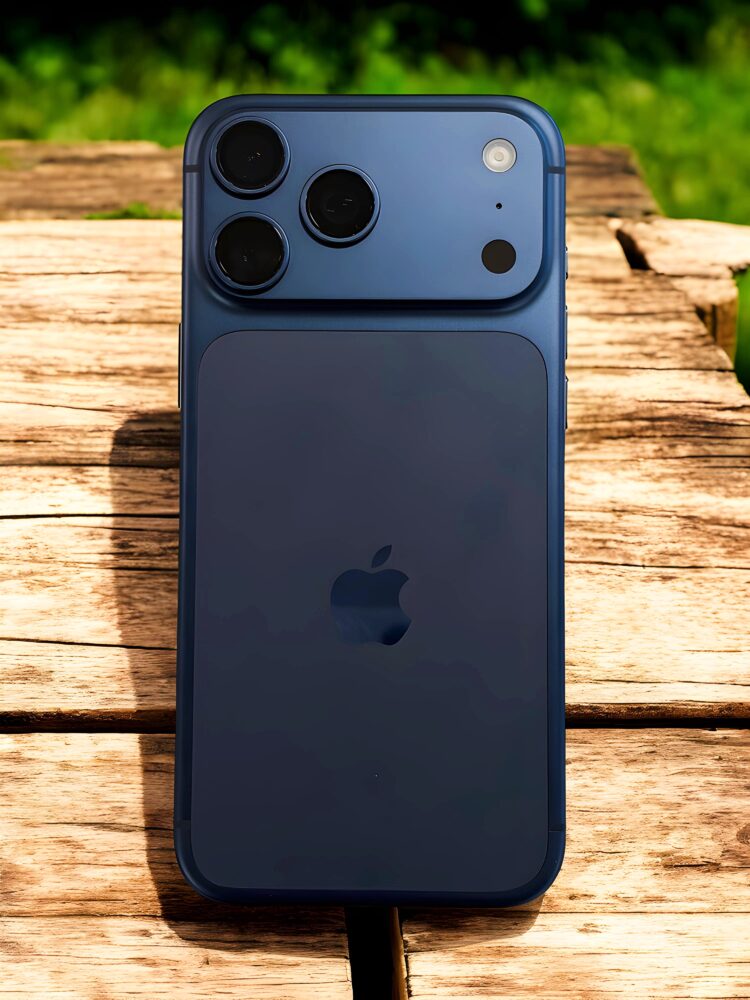
One more thing: Deep Blue. It’s the most balanced of the trio, pulling off stealth and elegance without fading into boring. It’s the iPhone color equivalent of a midnight suit with just enough sheen to catch the light. Silver is museum-core, Cosmic Orange is the extrovert’s espresso machine, but Deep Blue is the one I’d actually live with every day.
Display: a 3,000-nit hate letter to glare
I wanted to catch this screen slipping. I took it out at 1 p.m. under desert sun to navigate a messy roundabout, and the 3,000-nit peak with the new anti-reflective stack basically said, “try me.” The 2x outdoor contrast improvement isn’t a press release number — it’s the difference between squinting at a washed-out map and actually seeing the lane guidance while your Uber rating hangs in the balance.
Indoors, Dolby Vision still looks like a mini-cinema glued to my palm, but the surprise hero in week one was long-form reading. That reduced reflectance and slightly punchier local contrast made Kindle sessions feel less like staring into a lamp and more like reading on a matte magazine page under good lighting. ProMotion’s pacing also feels tighter now that I’ve bounced between 24 fps footage, 60 fps scrolls, and 120 Hz gaming loops; frame cadence is invisible, which is the point.

I also ran a few “producer” tests. Plugged over USB-C to an external display, 4K60 Dolby Vision monitoring is silly-good for a phone. Color holds up predictably enough that I didn’t feel like I was grading blind when rough-cutting in the field. For a pocket device, that’s bonkers.
Performance and thermals: plateau power in the real world
I threw the usual reviewer’s kitchen sink at the A19 Pro: 40 minutes of a ray-traced dungeon, 28 minutes of LumaFusion juggling multiple 4K clips, background transcription, big app installs, and a cloud sync run. On other phones, that’s where performance oscillates and the chassis starts whispering “yoga break.” The 17 Pro Max, with the vapor chamber tied directly into the aluminum, plays an entirely different sport.
Frame rates in my AAA test barely wobbled after the 20-minute mark. LumaFusion stayed scrubbable, with no system-wide molasses. The Neural Engine-forward tasks — live translation, on-device transcription, and a few local image generations in third-party apps — felt boringly instant. That’s a compliment. This is the first iPhone where the performance story isn’t a spike chart; it’s a flat line in the best way.

The N1 wireless chip deserves a victory lap too. My Wi-Fi 7 router at home is a zoo of gadgets, and the 17 Pro Max negotiated that chaos like a seasoned diplomat. Hotspotting two laptops and a tablet didn’t choke it, and handoffs between congested access points were less drama than I’m used to. Ultra Wideband second-gen still has that almost spooky precision for AirTag hunting; in a crowded gym bag situation, it saved me five minutes and one existential crisis.
Battery life: endurance you can plan around
Here’s the headline from seven days in: this battery is predictable. I love big numbers as much as the next nerd, but what matters is whether your phone taps out on the one day you can’t afford it. The Max didn’t.
My heaviest day — GPS navigation, six hours of screen time, an hour of 4K HDR shooting, Slack, Spotify, a FaceTime call, some gaming, and way too many Apple Maps reroutes — ended with 19 percent at 11:48 p.m. Most lighter days finished in the 30s or 40s. That lines up with Apple’s bold stamina claim and then some. The eSIM-only design reclaiming the SIM tray’s volume for more battery is the kind of unsexy engineering decision that makes sexy battery results. Bless the people who made that call.
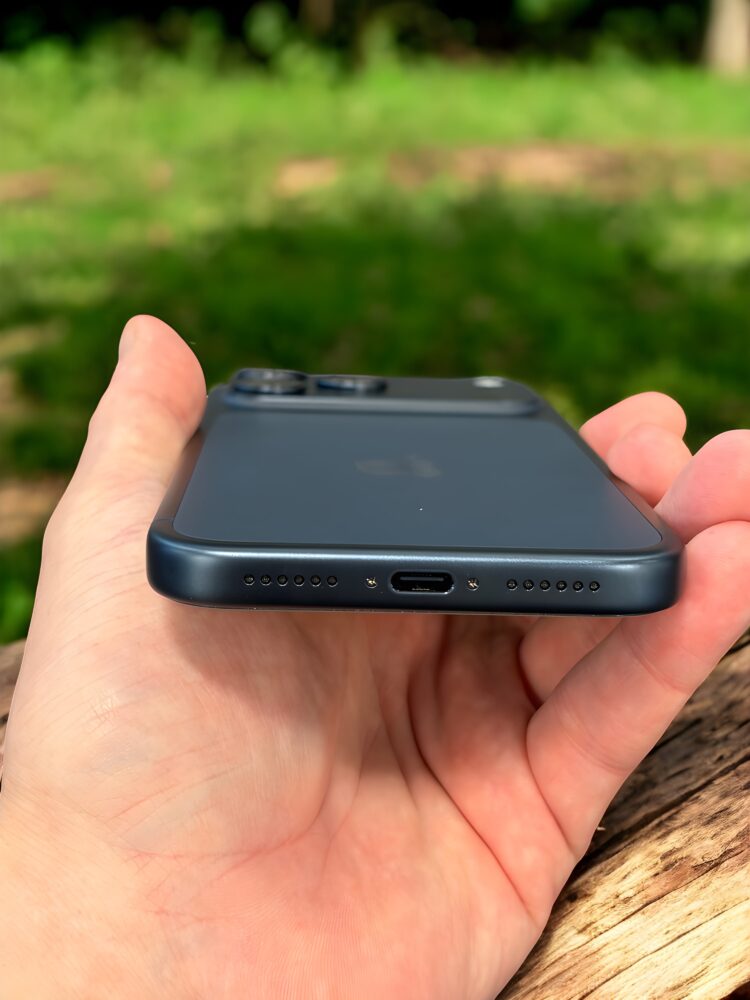
Charging is status quo: about half a tank in roughly twenty minutes with a decent brick, MagSafe overnight for the civilized among us. But the cheat code is iOS 26’s Adaptive Power. By day three, it had clearly learned my chaos, trimming background activity in the late afternoon when calendar hell hits. I rarely touched Low Power Mode because I never felt desperate.
Camera week: the eight lenses you’ll actually use
I went out of my way to make the 48 MP Fusion trio stumble. I shot tungsten-heavy kitchens, neon-cut alleys, hazy dawns, and the dreaded backlit café window. Across the board, Apple’s updated Photonic Engine is doing grown-up work. Tones are reality-adjacent (in a good way), micro-contrast is less plastic, and the system resists that overprocessed sheen that screams “computer did it.”
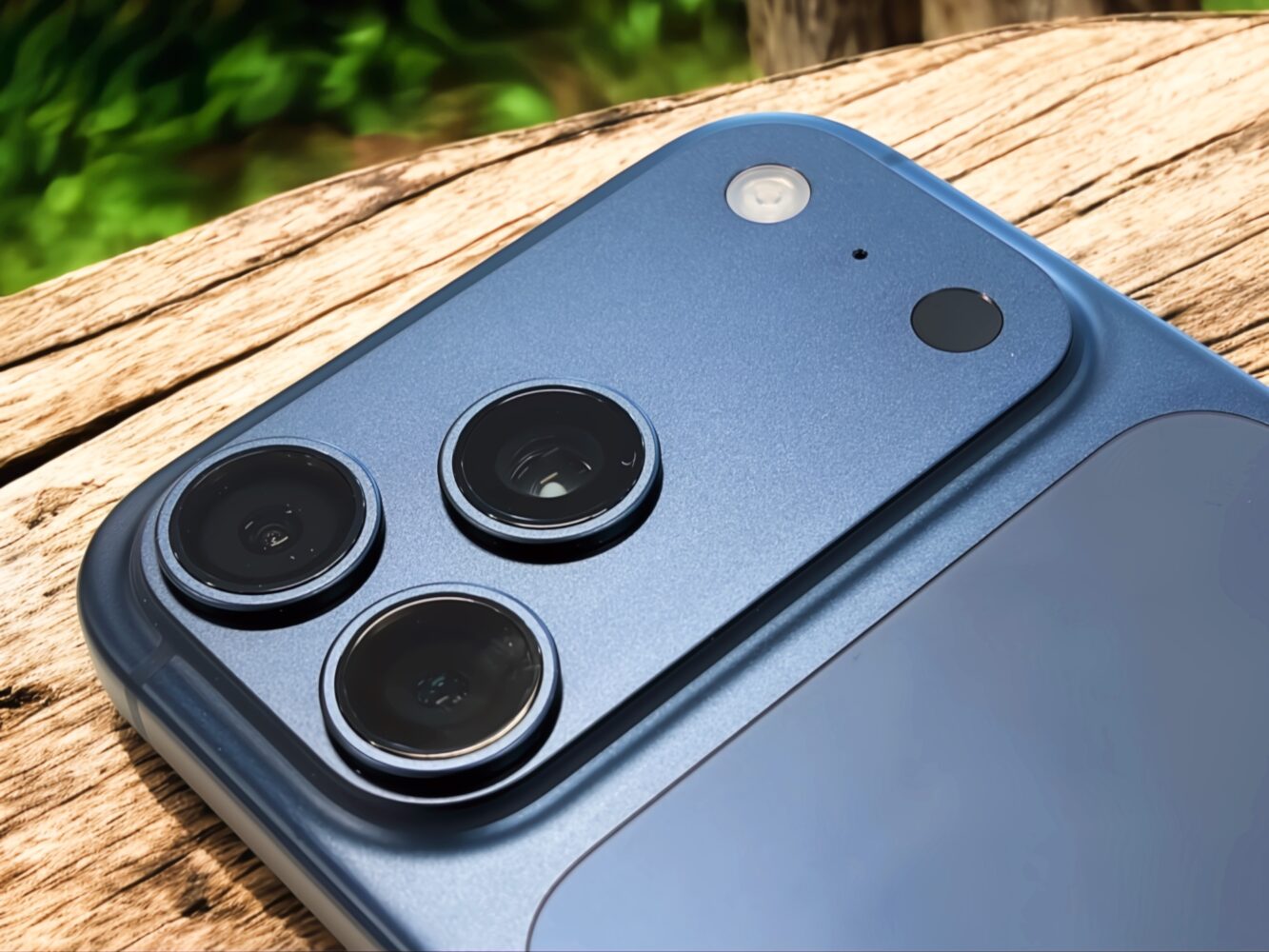
Main camera: default 24 MP Fusion is the sweet spot — detail without the noise tax. The 1.2x (28 mm) and 1.5x (35 mm) presets are not fluff; they became my go-tos for street and food, respectively. That 35 mm look is chef’s kiss for people and cafés, with natural perspective and just enough separation.
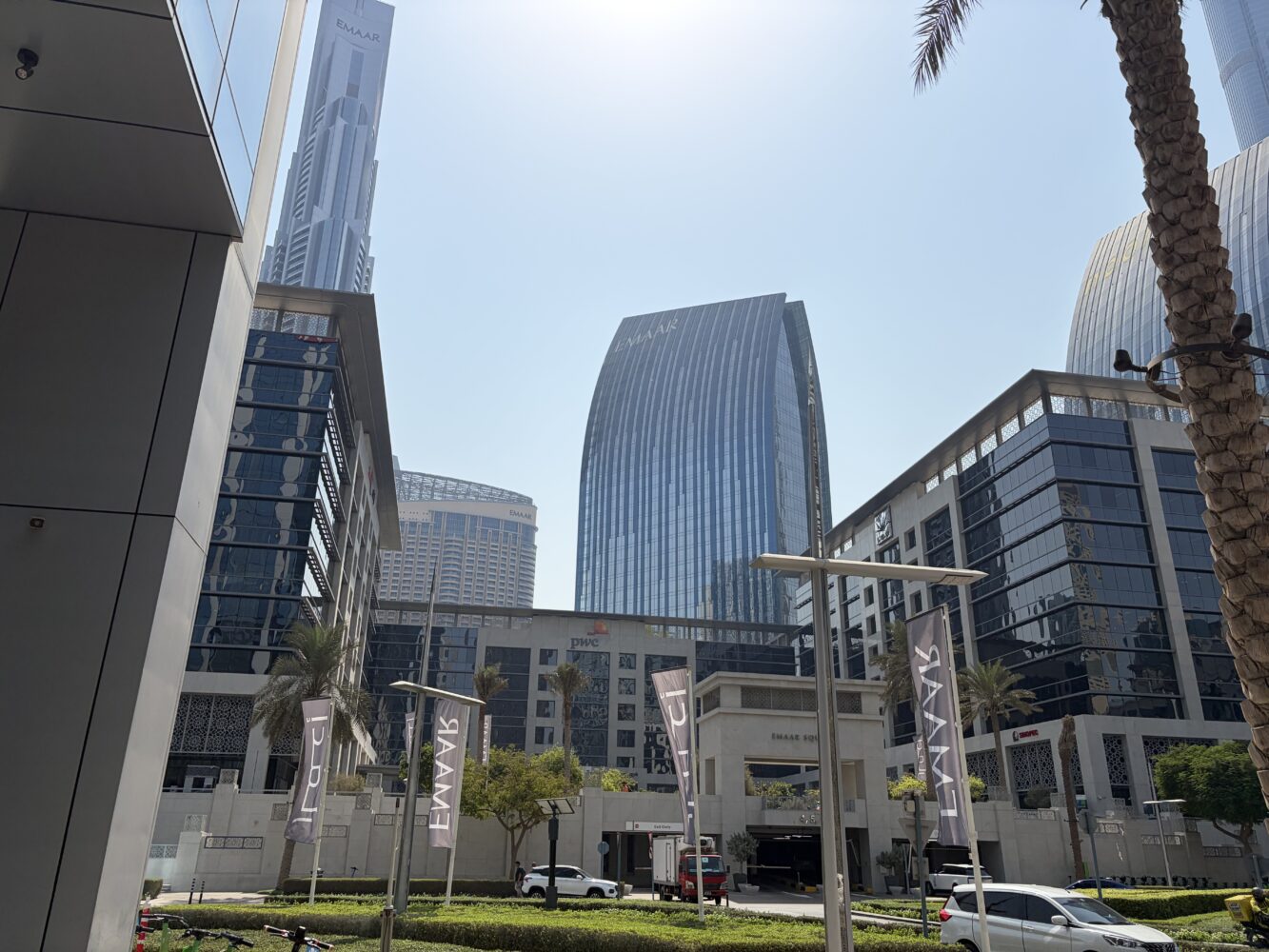
2x mid-tele: this is no longer “crop and pray.” Using the sensor’s center for an optical-quality 48 mm equivalent delivers subject pop and cleaner edges. I shot a couple of quick handheld portrait-ish frames at 2x that I legit printed. Action mode and 4K120 Dolby Vision working at 2x turned out to be clutch for skate B-roll.
Telephoto star: the new 48 MP tetraprism with the larger sensor is why I kept reaching for the Max over anything else. At 4x (100 mm), you get classic portrait compression without stepping on your subject’s toes. At 8x (200 mm), I shot a stage performer from the back row and didn’t have to apologize for mush when I posted. That’s new for an iPhone. Past 8x, physics still wins, but your 8x keepers go way up.
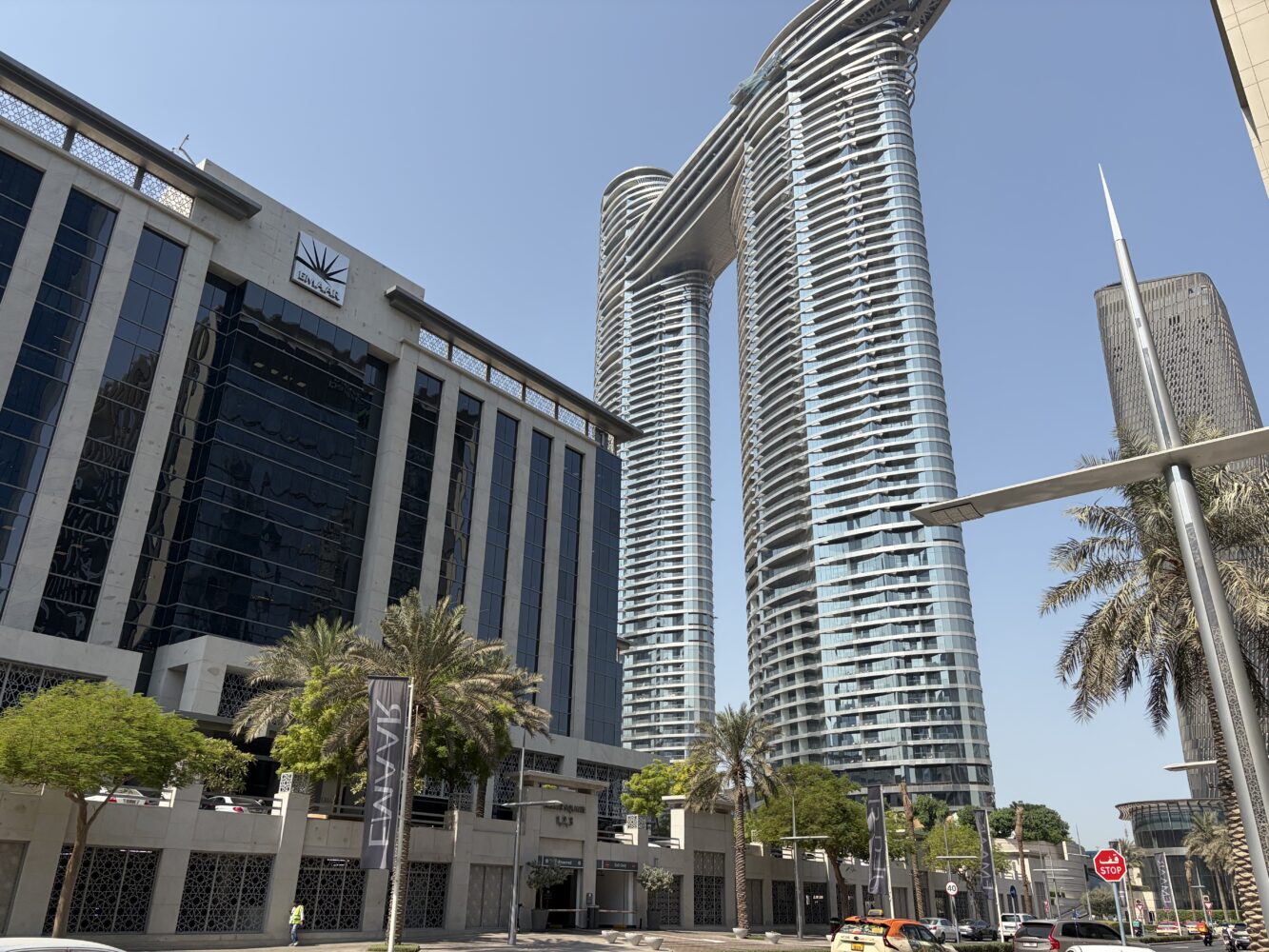
Ultra wide: sharper across the frame, less color drift from the main, and macro remains surprisingly usable — though bright light still helps. This lens feels cohesive with the others rather than a vibe shift.

Portrait mode and Focus Control: segmentation is finally out of its awkward teenage years. Hairlines and fur don’t smear into fake bokeh soup. Depth capture happening automatically for people/pets is great; retro-portraiting shots in Photos and shifting the focus plane later with Focus Control feels like cheating on set. Apple’s new Bright Photographic Style quickly became my default for human faces in harsh light, lifting skin without turning everyone into a wax figure.
Video and audio: actual pro toys that don’t get in the way
ProRes RAW support in Final Cut Camera and Blackmagic Camera is real-deal stuff, not influencer bait. I mounted the phone on a gimbal, plugged a USB-C SSD that writes over 220 MB/s, and rolled. No dropped frames, no thermal tantrum. Genlock via the Blackmagic ProDock demoed clean sync across a two-phone setup and an external display. That’s IoT-cosplay cinema made practical.
And finally, audio. The four on-device studio-quality mics are honestly the unsung heroes. In a windy marina, voices stayed intelligible with less robot wobble than I expected. Spatial Audio capture is a cherry on top when you play back on AirPods or a proper rig. The new Audio Mix options in post let me nudge toward a “close-miked” feel without compromising the spatial scene. If you’re a vlogger or a solo crew, this is a meaningful step toward not needing a bag of dongles.
Selfie and Center Stage: vertical grip, horizontal results
That larger, square front sensor is the right kind of weird. Shooting landscape-framed selfies while holding the phone vertically is a revelation for arm length and stability. Auto-reframing for groups worked more often than not, and video calls with the new stabilization kept my face centered without the uncanny valley zooms. Dual Capture for simultaneous front-rear is finally useful for reactions and tutorials rather than a feature demo you try once.
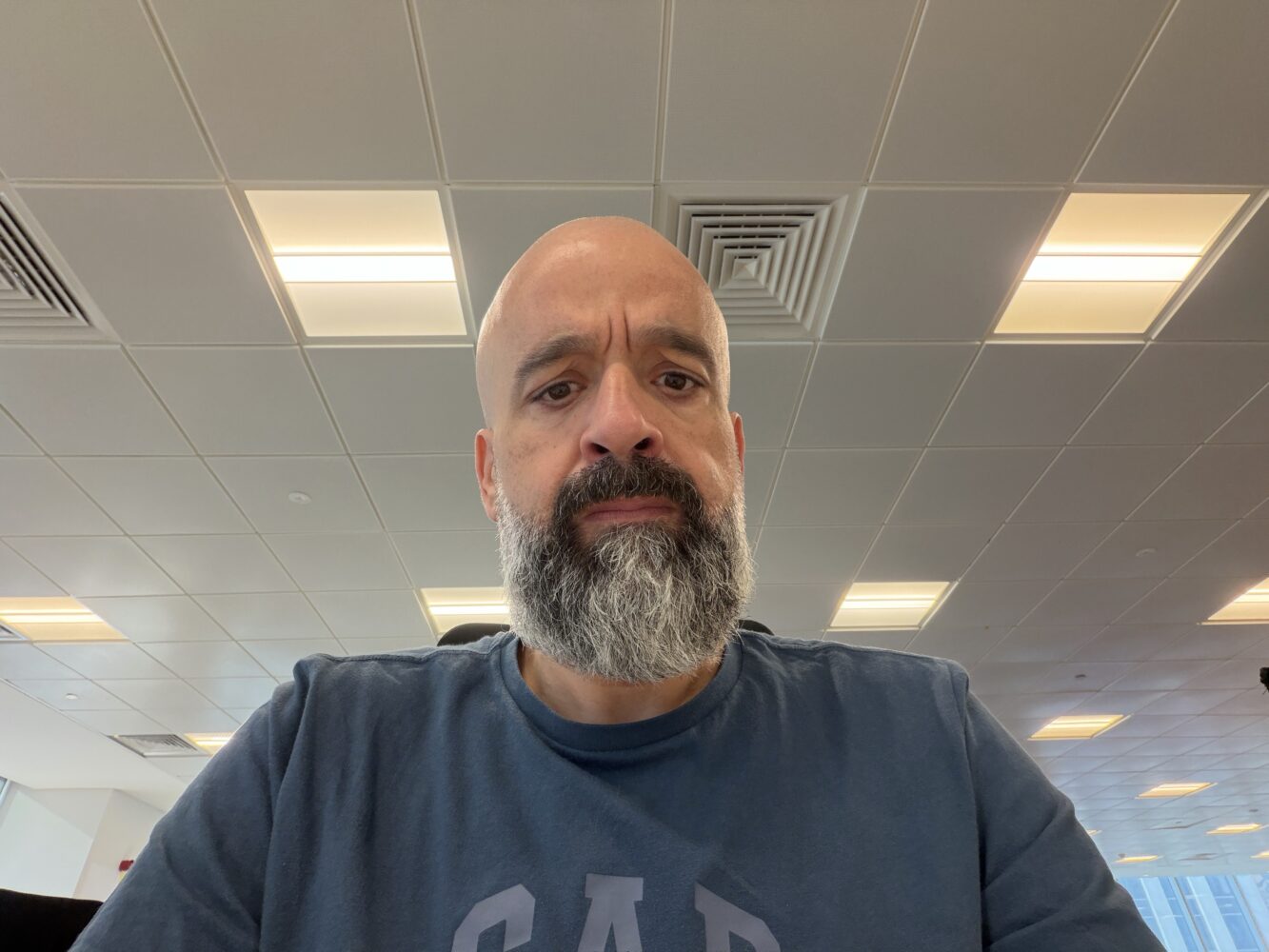
Connectivity, storage, and the eSIM reality check
eSIM-only in the UAE has been smooth with the right carrier app flow, and I appreciate the reclaimed internal space being spent on battery. For creators, 2 TB is there if your camera roll doubles as a vault of ProRes RAW and a hobby of timelapses. USB-C at up to 10 Gb/s remains liberating: fast offloads to SSD, external monitoring, and even reverse trickle-charging little accessories.
One Week Later Verdict
Seven days with the iPhone 17 Pro Max hasn’t dulled the shine — if anything, it’s sharpened my conviction that this is Apple’s first truly complete Max. The heat-forged aluminum unibody hasn’t picked up the scratches and scuffs that early forum panic posts claimed; in real-world use, durability is excellent. The 3,000-nit Super Retina XDR display continues to laugh at Dubai’s sunlight, the A19 Pro’s plateau performance makes gaming and editing boringly smooth, and the battery remains a brick of predictability — it ends days with gas left in the tank instead of excuses.
The cameras are what really changed my muscle memory. I don’t hesitate to punch to 4x or 8x anymore because I trust the results, and Focus Control portraits keep surprising me with their storytelling flexibility. Add in pro-level video and audio tools that actually matter outside marketing slides, and you’ve got a device that feels as reliable for creators as it is overpowered for everyday life.
After a week, the iPhone 17 Pro Max hasn’t just held up — it’s settled into the role of “default.


